Cherry Tree Care can seem daunting, I know! You might be dreaming of baskets overflowing with juicy, ruby-red cherries, but unsure where to even begin. Don’t worry, you’re not alone! For centuries, cherry trees have held a special place in cultures around the world, symbolizing beauty, renewal, and good fortune. Think of Japan’s breathtaking cherry blossom festivals – a testament to the enduring allure of these magnificent trees.
But beyond the symbolism, growing your own cherries is incredibly rewarding. Imagine stepping into your backyard and picking fresh, sun-ripened cherries straight from the branch. No more trips to the grocery store for overpriced, often bland fruit! This DIY guide is your key to unlocking that dream. I’ll share simple, effective tricks and hacks that will empower you to provide the best Cherry Tree Care, even if you’re a complete beginner.
Why do you need these DIY tricks? Because proper care is crucial for a healthy, productive cherry tree. From preventing common diseases to ensuring optimal pollination, these tips will help you avoid costly mistakes and maximize your harvest. Let’s get started and transform your backyard into a cherry-filled paradise!
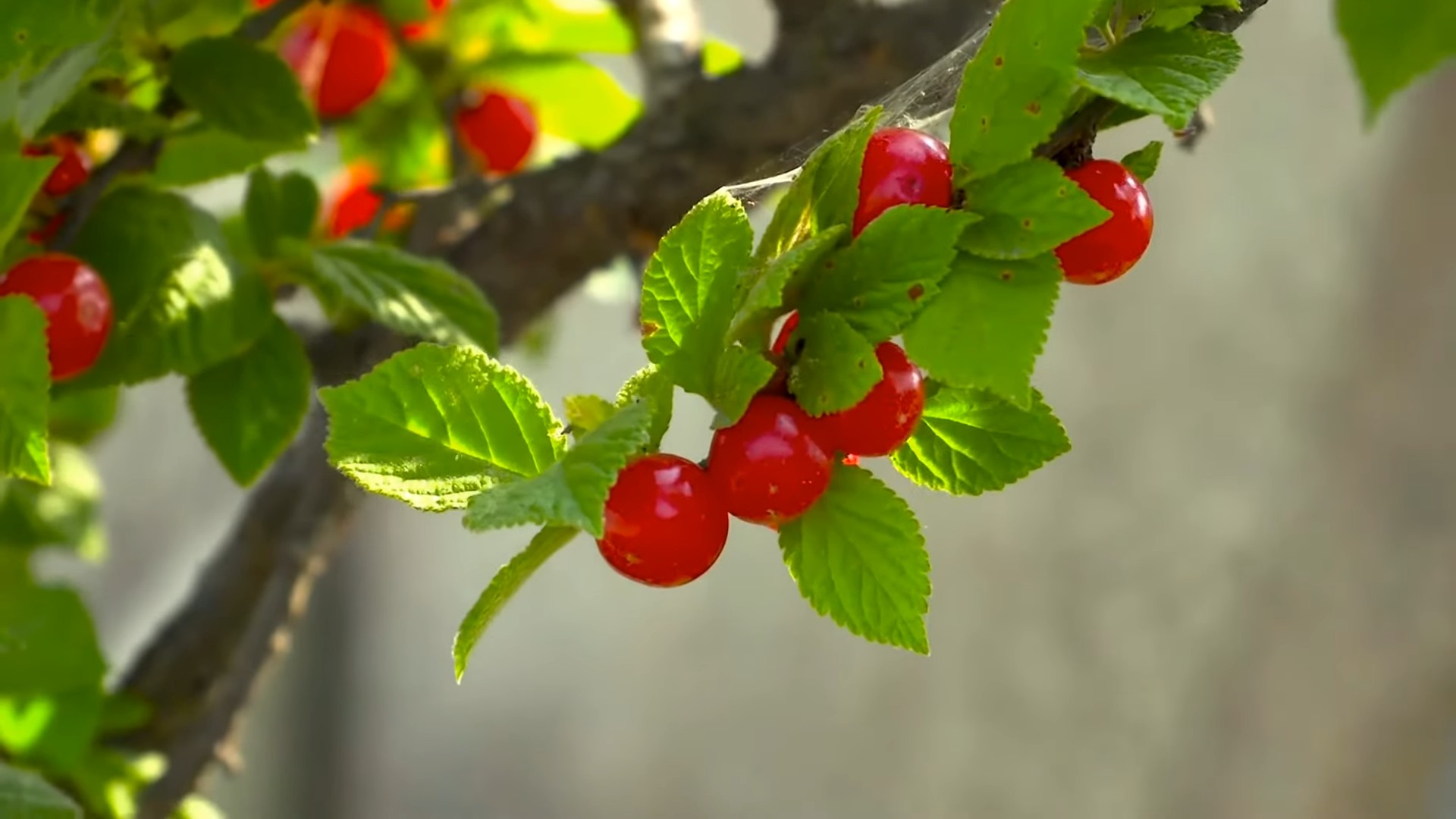
DIY Cherry Tree Care: A Guide to Thriving Trees
Okay, so you’ve got a cherry tree, or you’re thinking about getting one? Awesome! Cherry trees are beautiful, and the fruit is delicious. But like any living thing, they need a little TLC to really flourish. Don’t worry, it’s not rocket science! I’m going to walk you through everything you need to know to keep your cherry tree happy and producing those sweet, juicy cherries.
Understanding Your Cherry Tree
Before we dive into the nitty-gritty, let’s talk about what your cherry tree needs. Different varieties have slightly different requirements, but these are the general principles.
* Sunlight: Cherry trees are sun-worshippers! They need at least 6 hours of direct sunlight each day. More is even better.
* Soil: Well-draining soil is crucial. Cherry trees hate having their roots sitting in water.
* Water: Consistent watering, especially during dry periods, is important, especially when the tree is young or fruiting.
* Fertilizer: A balanced fertilizer can help your tree grow strong and produce lots of fruit.
* Pruning: Regular pruning keeps your tree healthy, productive, and looking its best.
* Pest and Disease Control: Cherry trees can be susceptible to certain pests and diseases, so it’s important to be vigilant and take action when needed.
Watering Your Cherry Tree
Watering is probably the most crucial aspect of cherry tree care, especially during the first few years after planting. Here’s how I approach it:
1. Check the Soil: Before you water, stick your finger a few inches into the soil. If it feels dry, it’s time to water. If it’s still moist, hold off. Overwatering is just as bad as underwatering!
2. Water Deeply: When you do water, water deeply and slowly. You want the water to soak down to the roots. A good rule of thumb is to water until the soil is moist to a depth of about 12 inches.
3. Water at the Base: Avoid watering the leaves, as this can encourage fungal diseases. Focus on watering the soil around the base of the tree.
4. Consider the Weather: Adjust your watering schedule based on the weather. If it’s been raining a lot, you probably won’t need to water as often. During hot, dry spells, you’ll need to water more frequently.
5. Mulch: Applying a layer of mulch around the base of the tree helps to retain moisture in the soil and suppress weeds. I like to use wood chips or shredded bark. Just make sure the mulch isn’t touching the trunk of the tree.
Fertilizing Your Cherry Tree
Fertilizing helps your cherry tree grow strong and produce lots of delicious fruit. Here’s my fertilizing routine:
1. Soil Test: Before you start fertilizing, it’s a good idea to get your soil tested. This will tell you what nutrients your soil is lacking and help you choose the right fertilizer. You can usually get a soil test done through your local agricultural extension office.
2. Choose a Fertilizer: Look for a balanced fertilizer with a ratio of 10-10-10 or 12-12-12. These numbers represent the percentage of nitrogen, phosphorus, and potassium in the fertilizer. You can also use a fertilizer specifically formulated for fruit trees.
3. Apply Fertilizer in Early Spring: The best time to fertilize your cherry tree is in early spring, before the tree starts to leaf out.
4. Follow the Instructions: Carefully follow the instructions on the fertilizer package. Over-fertilizing can damage your tree.
5. Spread Evenly: Spread the fertilizer evenly around the base of the tree, starting a few feet away from the trunk and extending out to the drip line (the area directly under the outermost branches).
6. Water Thoroughly: After applying the fertilizer, water the area thoroughly to help the fertilizer soak into the soil.
Pruning Your Cherry Tree
Pruning is essential for maintaining the health and productivity of your cherry tree. It helps to remove dead or diseased branches, improve air circulation, and encourage fruit production.
1. Timing is Key: The best time to prune cherry trees is in late winter or early spring, before the buds start to swell.
2. Gather Your Tools: You’ll need a pair of sharp pruning shears, loppers (for thicker branches), and a pruning saw (for very thick branches). Make sure your tools are clean and sharp to prevent the spread of disease.
3. Remove Dead, Diseased, or Damaged Branches: Start by removing any dead, diseased, or damaged branches. Cut these branches back to healthy wood.
4. Thin Out Crowded Branches: Thin out any branches that are crossing or rubbing against each other. This will improve air circulation and prevent the spread of disease.
5. Shape the Tree: Prune the tree to maintain a good shape. You want to create an open, vase-like shape that allows sunlight to penetrate the center of the tree.
6. Remove Suckers: Suckers are shoots that grow from the base of the tree or from the roots. Remove these suckers as they appear, as they can drain energy from the tree.
7. Make Clean Cuts: When pruning, make clean cuts at a 45-degree angle, just above a bud or branch. Avoid leaving stubs, as these can attract pests and diseases.
8. Don’t Over-Prune: It’s better to prune lightly each year than to prune heavily all at once. Over-pruning can stress the tree and reduce fruit production.
Pest and Disease Control for Cherry Trees
Unfortunately, cherry trees are susceptible to a few pests and diseases. Here’s how I deal with them:
Common Pests
* Aphids: These tiny insects suck sap from the leaves and stems of the tree. You can control aphids by spraying them with a strong stream of water or by using insecticidal soap.
* Cherry Fruit Flies: These flies lay their eggs in the cherries, causing them to become wormy. You can control cherry fruit flies by hanging yellow sticky traps in the tree or by spraying with an insecticide specifically labeled for cherry fruit flies.
* Spider Mites: These tiny mites suck sap from the leaves, causing them to become speckled and discolored. You can control spider mites by spraying them with a strong stream of water or by using miticidal soap.
Common Diseases
* Brown Rot: This fungal disease causes the blossoms and fruit to rot. You can prevent brown rot by pruning the tree to improve air circulation and by spraying with a fungicide.
* Cherry Leaf Spot: This fungal disease causes small, brown spots to appear on the leaves. You can prevent cherry leaf spot by pruning the tree to improve air circulation and by spraying with a fungicide.
* Cytospora Canker: This fungal disease causes sunken, dead areas to appear on the branches and trunk of the tree. You can prevent cytospora canker by keeping the tree healthy and stress-free. Avoid injuring the tree, and water and fertilize it properly.
My Pest and Disease Control Routine
1. Regular Inspection: I regularly inspect my cherry tree for signs of pests and diseases. The sooner you catch a problem, the easier it will be to control.
2. Identify the Problem: Once you’ve identified a pest or disease, research the best way to control it.
3. Choose the Right Treatment: Choose a treatment that is effective and safe for your tree and the environment. I prefer to use organic or natural treatments whenever possible.
4. Follow the Instructions: Carefully follow the instructions on the product label.
5. Monitor the Results: Monitor the results of your treatment and repeat as needed.
Protecting Your Cherries from Birds
Ugh, birds! They love cherries just as much as we do. Here’s how I protect my precious harvest:
1. Netting: The most effective way to protect your cherries from birds is to cover the tree with netting. You can buy bird netting at most garden centers.
2. Scare Tactics: You can also try using scare tactics to deter birds, such as hanging shiny objects in the tree or using a bird scarer. However, these methods are often not very effective in the long run.
3. Plant a Decoy Tree: Plant a mulberry tree nearby. Birds love mulberries even more than cherries, so they might leave your cherry tree alone.
Harvesting Your Cherries
Finally, the moment you’ve been waiting for – harvesting your cherries!
1. Check for Ripeness: Cherries are ripe when they are fully colored and slightly soft to the touch.
2. Pick Carefully: Gently pick the cherries from the tree, being careful not to damage the branches.
3
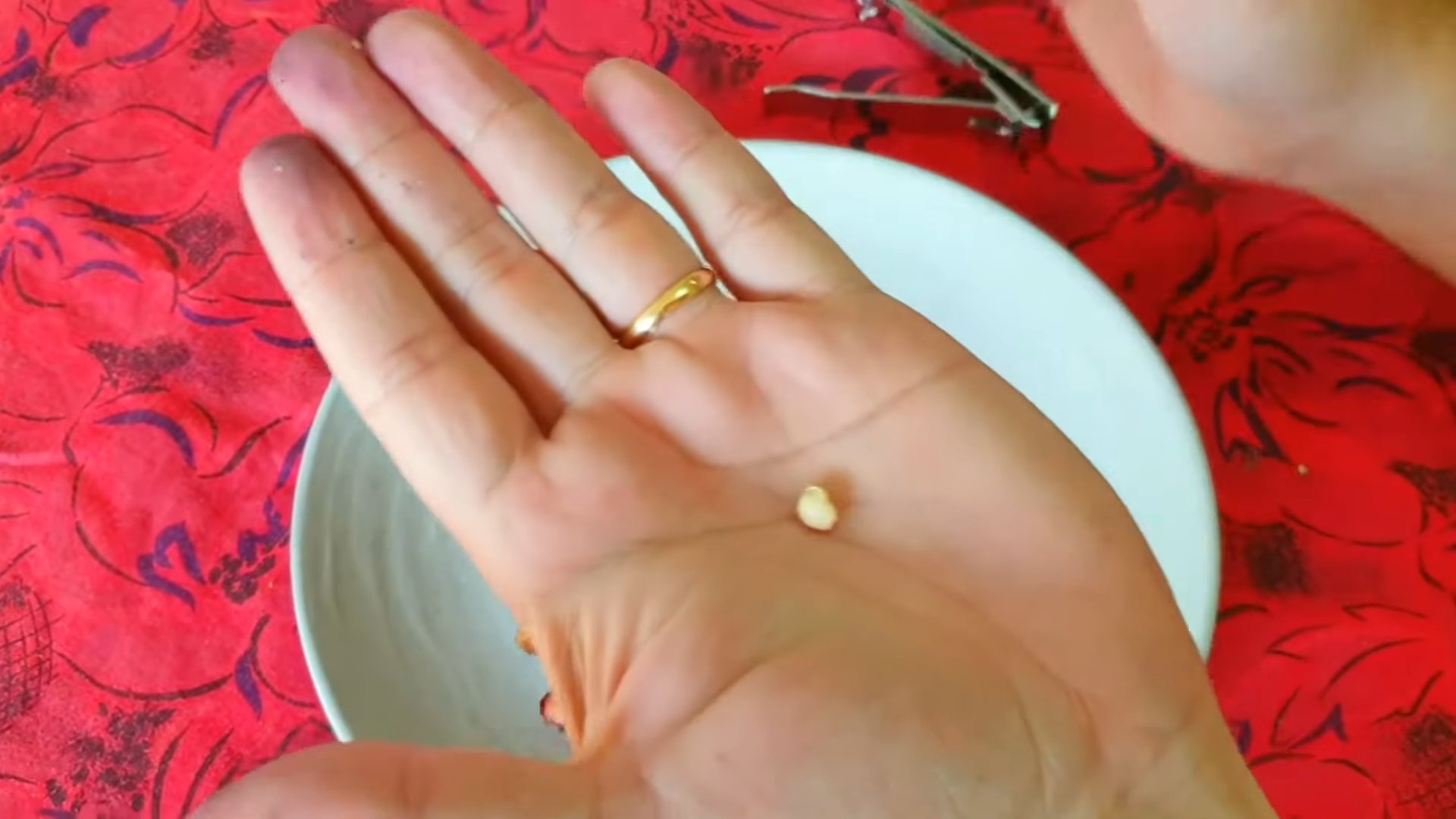
Conclusion
So, there you have it! Mastering cherry tree care doesn’t have to be an intimidating endeavor. By implementing these simple yet effective DIY tricks, you can transform your cherry trees from struggling saplings to bountiful fruit producers. We’ve covered everything from crafting your own nutrient-rich soil amendments to creating natural pest deterrents, all designed to give your cherry trees the best possible chance at thriving.
Why is this a must-try? Because store-bought solutions, while convenient, often come with a hefty price tag and may contain harsh chemicals that can harm the environment and even your trees in the long run. Our DIY approach allows you to control exactly what goes into nurturing your cherry trees, ensuring they receive the specific nutrients they need while minimizing any potential negative impacts. Plus, there’s a certain satisfaction that comes from knowing you’ve played an active role in the health and well-being of your trees.
Consider these variations to further personalize your cherry tree care routine. For example, if you live in an area with particularly acidic soil, you might want to incorporate more lime into your soil amendments to raise the pH level. Alternatively, if you’re dealing with a specific pest infestation, research natural remedies tailored to that particular pest. You could even experiment with different types of organic mulches to see which one works best for your trees and your local climate. Don’t be afraid to get creative and adapt these techniques to suit your unique circumstances.
Ultimately, the key to successful cherry tree care is observation and responsiveness. Pay close attention to your trees, noting any changes in their appearance or behavior. Are the leaves turning yellow? Are there signs of pest damage? Are the branches producing fewer cherries than usual? By being vigilant and proactive, you can identify potential problems early on and take steps to address them before they become serious.
We are confident that these DIY tricks will empower you to take control of your cherry tree care and enjoy a bountiful harvest for years to come. But don’t just take our word for it – try them out for yourself! We encourage you to experiment with different techniques, adapt them to your specific needs, and most importantly, share your experiences with us and other fellow gardeners. Let us know what worked, what didn’t, and any tips or tricks you’ve discovered along the way. Together, we can create a community of knowledgeable and passionate cherry tree enthusiasts, all dedicated to nurturing these beautiful and rewarding trees. So, grab your gardening gloves, gather your supplies, and get ready to embark on a journey of successful and sustainable cherry tree care! We can’t wait to hear about your success stories!
Frequently Asked Questions (FAQ)
What is the best time of year to plant a cherry tree?
The ideal time to plant a cherry tree is either in the early spring or late fall. Planting during these periods allows the tree to establish its root system before the extreme temperatures of summer or winter set in. In the spring, plant after the last frost has passed. In the fall, plant at least six weeks before the ground freezes to give the roots time to settle.
How often should I water my cherry tree?
Watering frequency depends on several factors, including the age of the tree, the type of soil, and the climate. Newly planted cherry trees require more frequent watering than established trees. Generally, water deeply once or twice a week during the first growing season, ensuring the soil is moist but not waterlogged. Established trees typically need watering only during periods of drought. A good rule of thumb is to water when the top inch of soil feels dry to the touch. Using a soaker hose or drip irrigation system can help deliver water directly to the roots, minimizing water waste.
What type of soil is best for cherry trees?
Cherry trees thrive in well-draining soil that is rich in organic matter. The ideal soil pH is between 6.0 and 7.0. Before planting, it’s a good idea to test your soil to determine its pH level and nutrient content. If your soil is heavy clay or sandy, amend it with compost, well-rotted manure, or other organic materials to improve drainage and fertility. Adding these amendments will also help retain moisture and provide essential nutrients for healthy growth.
How do I prune my cherry tree?
Pruning is essential for maintaining the health and productivity of your cherry tree. The best time to prune is in late winter or early spring, before the tree begins to actively grow. Remove any dead, damaged, or diseased branches. Also, prune to improve air circulation and sunlight penetration throughout the tree. This will help prevent fungal diseases and promote fruit production. When pruning, make clean cuts at a 45-degree angle, just above a bud or branch. For young trees, focus on shaping the tree and establishing a strong framework of branches. For mature trees, focus on removing old or unproductive wood.
What are some common pests and diseases that affect cherry trees?
Cherry trees are susceptible to a variety of pests and diseases, including aphids, cherry fruit flies, brown rot, and leaf spot. Regularly inspect your trees for signs of infestation or disease. Aphids can be controlled with insecticidal soap or a strong stream of water. Cherry fruit flies can be managed with traps or by applying insecticides. Brown rot and leaf spot are fungal diseases that can be prevented by ensuring good air circulation and sunlight penetration. Applying a fungicide may be necessary in severe cases. Consider using organic pest control methods whenever possible to minimize the impact on beneficial insects and the environment.
How do I fertilize my cherry tree?
Fertilizing your cherry tree is important for promoting healthy growth and fruit production. The best time to fertilize is in the early spring, before the tree begins to actively grow. Use a balanced fertilizer that is specifically formulated for fruit trees. Follow the instructions on the fertilizer package carefully, as over-fertilizing can damage the tree. You can also amend the soil with compost or well-rotted manure to provide a slow-release source of nutrients. Avoid fertilizing late in the season, as this can encourage new growth that is susceptible to frost damage.
How long does it take for a cherry tree to produce fruit?
The time it takes for a cherry tree to produce fruit depends on the type of tree and the growing conditions. Generally, sweet cherry trees take 4-7 years to begin producing fruit, while tart cherry trees may start producing fruit in 3-5 years. Grafted trees tend to produce fruit sooner than trees grown from seed. Proper care, including adequate watering, fertilization, and pruning, can help speed up the fruiting process.
How do I protect my cherry tree from birds?
Birds love to eat cherries, so it’s important to protect your trees from them. One of the most effective methods is to cover the tree with netting before the cherries begin to ripen. Make sure the netting is securely fastened to the tree to prevent birds from getting underneath it. You can also use bird-scaring devices, such as reflective tape or noisemakers, to deter birds from the area. However, these devices may not be as effective as netting in the long run.
Can I grow a cherry tree in a container?
Yes, you can grow a cherry tree in a container, but you’ll need to choose a dwarf variety that is specifically bred for container growing. Use a large container with good drainage and fill it with a well-draining potting mix. Container-grown cherry trees require more frequent watering and fertilization than trees grown in the ground. Also, you may need to protect the tree from extreme temperatures during the winter months.
What are the different types of cherry trees?
There are two main types of cherry trees: sweet cherry trees and tart cherry trees. Sweet cherry trees produce large, sweet cherries that are typically eaten fresh. Tart cherry trees produce smaller, more acidic cherries that are often used in pies, jams, and other baked goods. Some popular sweet cherry varieties include Bing, Rainier, and Lambert. Some popular tart cherry varieties include Montmorency and Early Richmond. When choosing a cherry tree, consider your local climate and the type of cherries you prefer. Also, make sure to choose a variety that is self-pollinating or plant two different varieties to ensure proper pollination.

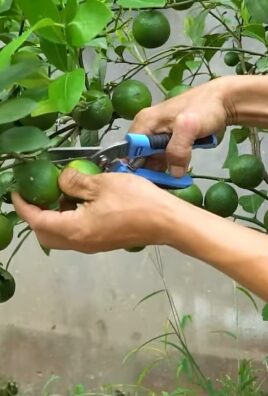
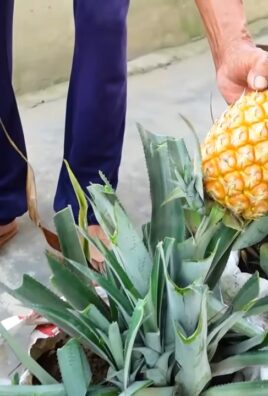
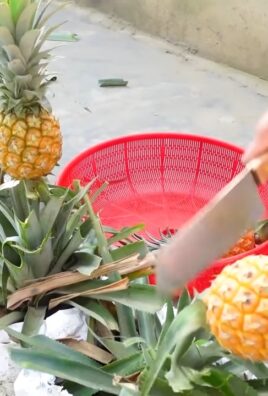
Leave a Comment